Health, Safety, and Environmental Performance of PVC Pipes
- Category: Articles
PVC (Polyvinyl Chloride) pipes, also known as Polika pipes, are among the most important materials used for water and wastewater transportation in buildings and public infrastructure. Due to their technical, economic, and environmental advantages, these pipes are a popular choice for construction and infrastructure projects. However, considering the significance of health, safety, and environmental performance, comprehensive information in this regard must be taken into account.
1. Health
The health requirements of PVC pipes include standards and regulations established for their production and use. These standards involve tests to ensure the absence of harmful substances such as phthalates, lead, and other hazardous compounds in PVC pipe compositions. Ensuring the health of these products is crucial because failure to comply with these standards can negatively impact public health. Contact with harmful substances can have adverse effects on both human health and the environment.
PVC pipes used in drinking water and wastewater systems must adhere to specific health and safety standards to prevent water contamination and health issues for consumers. The raw materials, additives, and manufacturing processes of PVC pipes all influence the final product's quality.
PVC pipes must comply with recognized national and international standards such as NSF/ANSI 61 (for chemicals in contact with drinking water) and ISO 1452 (for pressurized piping systems). These standards ensure that the pipes are made from safe materials and are suitable for use in drinking water systems. Mahan Plast has successfully met all national standards through its experienced laboratory team and offers world-class products.
2. Safety
PVC pipes are considered a safe material for water and wastewater transportation due to their physical properties, including resistance to impact, pressure, and heat. In addition, using PVC pipes reduces the risk of water and sewage leaks, which is a critical safety concern in buildings. Given the increasing public demand for quality and safety, these factors have become key priorities in product selection.
Mahan Plast pipes and fittings, developed by industry experts, have achieved global quality standards. The Mahan Plast quality control team works closely with the production team to ensure that only the highest-quality products reach the market
3. Environmental Performance
The environmental advantages of PVC pipes include durability, recyclability, and reduced environmental pollutants. Unlike some alternatives, PVC pipes can be recycled, reducing the consumption of natural resources and minimizing solid waste production. Additionally, their long lifespan reduces the need for frequent replacements and renovations, ultimately increasing service life and reducing resource consumption.
The core social responsibility of Mahan Plast Industrial Group is to manufacture products while preserving the environment. By maintaining this commitment, Mahan Plast has become a leader among environmentally conscious companies. As previously mentioned, producing high-quality products reduces plastic waste, contributing to the overall reduction of harmful environmental waste.
Conclusion
Considering their strong health, safety, and environmental performance, PVC pipes remain one of the primary options for water and wastewater transportation in buildings and public infrastructure. By complying with relevant production and usage standards, it is possible to protect human health and the environment while also benefiting from their economic and environmental advantages.
No Comments



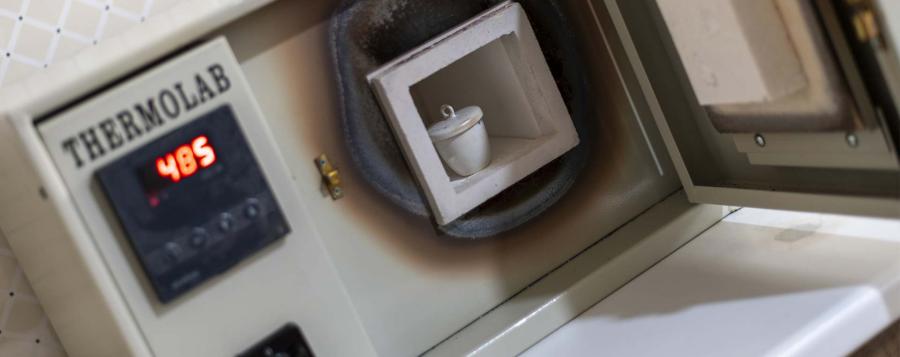

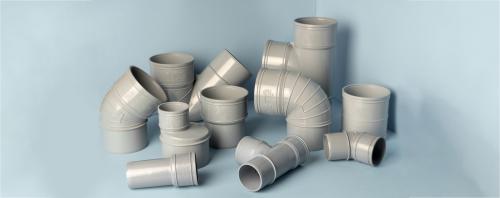
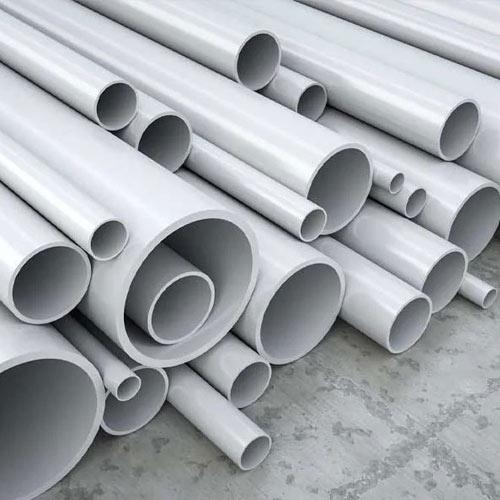
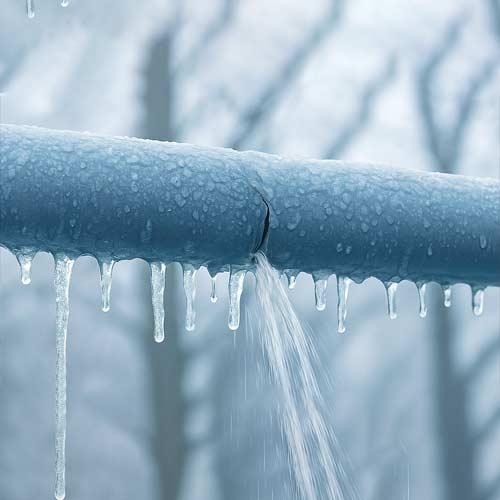
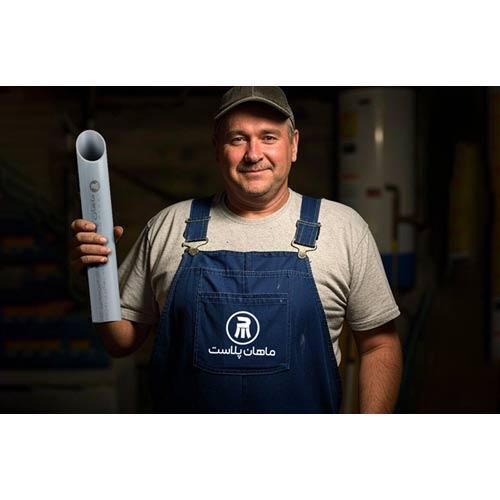
Enter your comment and rate for this product...